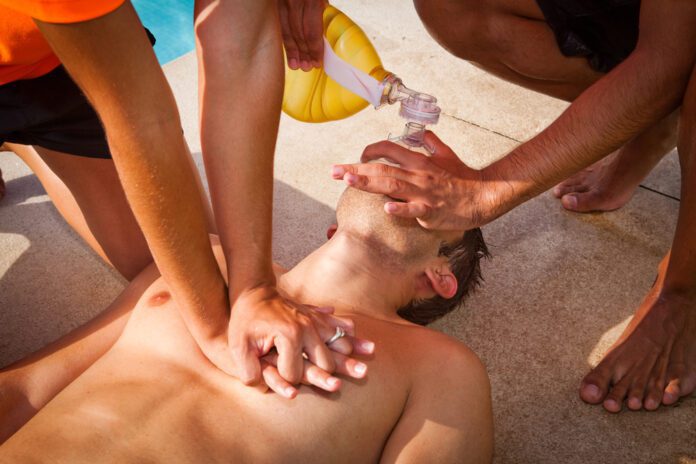Overview Of CPR
CPR stands for Cardiopulmonary Resuscitation. It is a lifesaving procedure that is done when someone’s breathing or heartbeat has stopped. This may happen after an electric shock, drowning, or heart attack.
CPR involves:
- Rescue breathing, which provides oxygen to a person’s lungs.
- Chest compressions, which keep the person’s blood circulating.
- Permanent brain damage or death can occur within minutes if a person’s blood flow stops. Therefore, you must continue CPR until the person’s heartbeat and breathing return, or trained medical help arrive.
Cause
In adults, major reasons for performing CPR include:
- Drug overdose
- Excessive bleeding
- Heart problem (heart attack or abnormal heart rhythm, fluid in the lungs or compressing the heart)
- Infection in the bloodstream (sepsis)
- Injuries and accidents
- Drowning
- Stroke
There are many things that cause an older child or teen’s heartbeat and breathing to stop, including:
- Choking
- Drowning
- Electrical shock
- Excessive bleeding
- Head trauma or other serious injuries
- Lung disease
- Poisoning
- Suffocation
Symptoms
CPR should be done if a person has any of the following symptoms:
- No breathing or difficulty breathing (gasping)
- No pulse
- Unconsciousness



